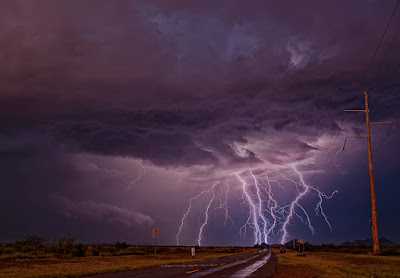August is the month for the awareness of children’s eye health and safety! Given that August is typically the time that children start attending their new year at school, it is important to get theirs eyes looked at. It is better to assure your children have excellent vision sooner than later on the off chance there is something wrong.
Unlike having a fever, it can be difficult to tell if someone is having eye problems. A child can have eye problems, but not mention it because it is normal to them. It is a great idea to set up an exam every year to get them checked out. Children should get their eyes checked every time they visit their pediatrician. Age of three should be their first vision test.
The following signs are what parents should watch out for:
- Watch and see if your child occasionally gets cross-eyed
- If they don’t seem enthusiastic about reading or have a hard time seeing objects in the distance
- If there is an issue with others relatives having vision problems, that could also turn out to be genetic
- If your child is often squinting during daily activities (or at all)
If you are worried your child may be color blind, crossed eyed, have a lazy eye, drooping eyelids, or if their eyes seem to favor farsighted or nearsighted, set up an appointment as soon as possible. The earlier the doctor can address the problem, the quicker your child can readjust as well as possibly fix the issue entirely. Special glasses are often used to take care of farsighted and nearsighted vision.
About 12 million children are visually impaired worldwide. One of the leading causes of eye injuries are sports that children participate in.
To address your childrens' eye safety, ensure they are always wearing protective equipment during sports. Also ensure they are playing with toys that are age appropriate. Even though your child may appear mature, there is always a chance of an accident (stumbling and falling or they may not realize how close a toy is to their eyes).
Hoping the best for this school year!
For more information on eye safety and awareness, find information at this link as well as for adult vision care: http://www.preventblindness.org/
For more information on MHC Healthcare, check out the following link: www.MHCHealthcare.org







